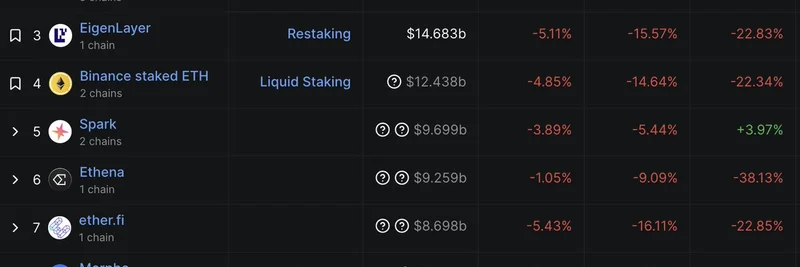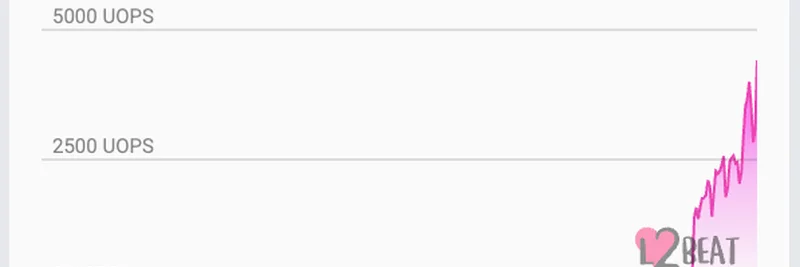In the fast-paced world of memecoins, surprises are part of the game. Recently, a tweet from @100xgemfinder caught everyone's attention when they highlighted how $JELLYJELLY, a token on the Solana blockchain, skyrocketed to a $400 million market cap seemingly out of nowhere. This isn't just a fluke—it's a sign that there's still plenty of money sitting on the sidelines, waiting for the right moment to jump in.
For those new to the scene, memecoins are cryptocurrencies inspired by internet memes, often lacking traditional utility but driven by community hype and viral trends. Solana, a high-speed blockchain, has become a hotspot for these tokens due to its low fees and quick transactions. $JELLYJELLY's sudden pump shows that despite a saturated market—with over 20,000 new launches daily—investors are picky but ready to pounce when conditions feel right.
The tweet points out that sidelined liquidity means capital that's not actively trading but could flood back in under better circumstances. Traders are more selective now because of the risks: scams, rugs (where developers pull out funds suddenly), and oversaturation. To attract this big money back, platforms like Pumpfun (a popular Solana launchpad for memecoins) and even big exchanges like Binance need to focus on building buyer confidence.
Key Reforms Suggested for Memecoin Revival
Here's a breakdown of the practical steps outlined in the tweet to clean up the ecosystem:
Stop auto-bot launches: Automated bots sniping new tokens right at launch create unfair advantages and discourage retail traders.
Prevent duplicate coin names: Multiple tokens with the same name confuse buyers and open doors for scams.
Nerf creator rewards: High fees or rewards for devs are turning launches into profit machines for insiders, not fair plays for everyone.
Eliminate scams and rugs: By blocking bundled buys before liquidity migration and restricting wallet transfers, platforms can reduce rug pulls. Binance has shown this is possible with their controls.
If these changes happen, all it might take is one viral meme—like the infamous "67" or "ChillGuy," or real-world events such as the Coldplay concert mishap or the Hawk Tuah trend—to spark a massive influx back into memecoins.
Why This Matters for Blockchain Practitioners
As someone who's seen the highs and lows of crypto from the editor's desk at CoinDesk, I can tell you that memecoins aren't just fun and games—they're a gateway for new users into blockchain. But without trust, the space stalls. Platforms prioritizing traders over deployers could lead to a healthier, more sustainable market.
If you're into memecoins, check out the original tweet here and join the conversation. What's your take on fixing the memecoin meta? Share in the comments below, and stay tuned to Meme Insider for more insights on the latest in meme tokens and blockchain tech.



